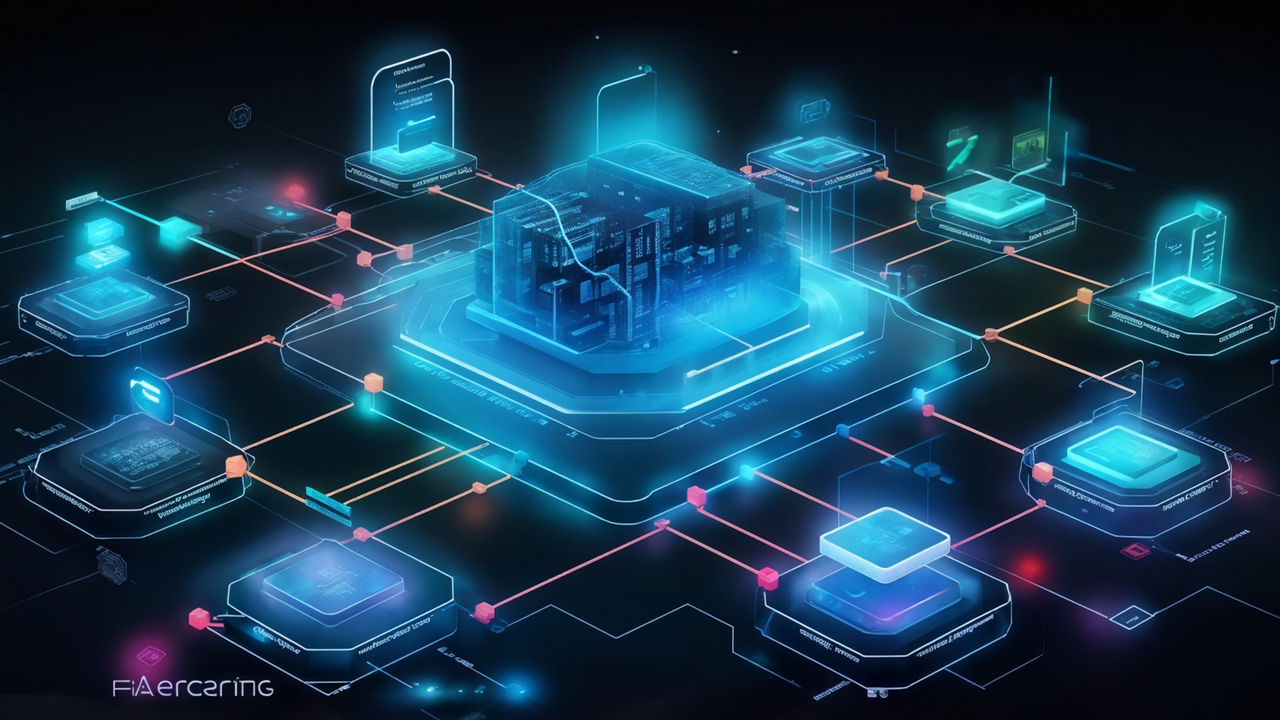Future-Proofing dApps: Designing Scalable, Resilient, and Secure Applications
The rise of decentralized applications (dApps) is reshaping how we design, develop, and scale digital solutions. These applications, which operate on blockchain networks, offer transparency, security, and autonomy, but they also come with unique challenges. To future-proof dApps, developers need to focus on scalability and resilience. This post will guide you through key principles and strategies for building scalable and resilient dApps, ensuring they can adapt and thrive in a constantly evolving technological landscape.
1. Understanding the Core of Decentralized Applications
Decentralized applications are distinct from traditional apps because they run on a decentralized network, like Ethereum or Solana, rather than on centralized servers. The very nature of decentralization ensures enhanced security, reduced downtime, and better control for users. However, to fully harness the power of dApps, developers need to consider how to future-proof their applications by incorporating scalability and resilience into the design.
Scalability is crucial to ensure your dApp can handle increasing users and transactions without compromising performance. Unlike traditional apps, which can easily scale by adding more servers, dApps must account for distributed nodes. A resilient dApp, on the other hand, is one that can withstand failures and recover swiftly.
For example, dApps utilizing blockchain technologies like Web Development with Blockchain can offer immutable records, but it’s essential to think about how each node in the network contributes to overall scalability. Building these robust systems starts with a strong understanding of the underlying blockchain protocols.
2. Key Strategies for Designing Scalable dApps
Scalability in dApps often revolves around how well your solution can manage a growing number of transactions and users. One popular strategy is utilizing Layer 2 solutions like Plasma or Optimistic Rollups. These techniques move transactions off the main blockchain, reducing congestion and improving speed without compromising security.
Another approach involves using sidechains. Sidechains are parallel blockchains that allow you to move transactions from the main blockchain to a secondary chain, improving the scalability of your dApp. By implementing sidechains, developers can avoid the bottlenecks associated with high transaction volumes, ensuring smooth user experiences.
For instance, if you’re developing a decentralized finance (DeFi) app, you’ll want to leverage both Layer 2 and sidechains to handle the volume of users while keeping transaction fees low. As noted in our article on Exploring API-First Development: Accelerate Your Web and Mobile App Projects, APIs can also play a role in scaling up blockchain communication with external systems.
3. Building Resilience into Your dApp Architecture
Resilience in dApps refers to their ability to continue functioning despite failures. Since dApps operate in a decentralized manner, there are fewer single points of failure, but they are still susceptible to issues such as smart contract bugs or node failures.
One essential technique is to implement automated testing for smart contracts. With tools like Truffle or Remix, developers can thoroughly test smart contract code before deployment. Additionally, regular audits from third-party firms can help identify potential vulnerabilities. Another method to ensure resilience is to decentralize not just the dApp but also the infrastructure supporting it. Decentralized storage solutions like IPFS or Filecoin can be used to store critical data, further reducing the chances of downtime.
To better understand how to build resilience, check out our article on Mastering Scalable Microservices with Kubernetes: Your Ultimate Guide to Efficient Cloud Development, where we explore how microservices architecture can improve the fault tolerance of your dApps.
4. Future-Proofing dApps with Security and Upgradability
Security is one of the most critical aspects of future-proofing a dApp. Since dApps handle valuable data and transactions, any breach could be catastrophic. To mitigate these risks, developers must employ best practices such as encryption, multi-signature wallets, and decentralized identity solutions.
Another challenge in dApp development is ensuring that the dApp can evolve. Upgradability is difficult because smart contracts are immutable. However, frameworks like OpenZeppelin’s Proxy Pattern allow for upgrading the logic of smart contracts without changing their storage, enabling continuous innovation.
As highlighted in our guide on Unlock Real-Time Power: Master Building APIs with GraphQL Subscriptions, implementing resilient real-time communication between nodes and users can also enhance both security and scalability in decentralized applications.
Conclusion
The future of decentralized applications is promising, but designing scalable and resilient dApps requires careful planning and strategic implementation. From adopting Layer 2 solutions to ensuring robust security practices, the decisions you make today will determine the long-term success of your dApp. By following the principles discussed in this guide, you can ensure your dApp is future-proof, ready to scale, and resilient in the face of challenges.
Discover more from Just-CO
Subscribe to get the latest posts sent to your email.




